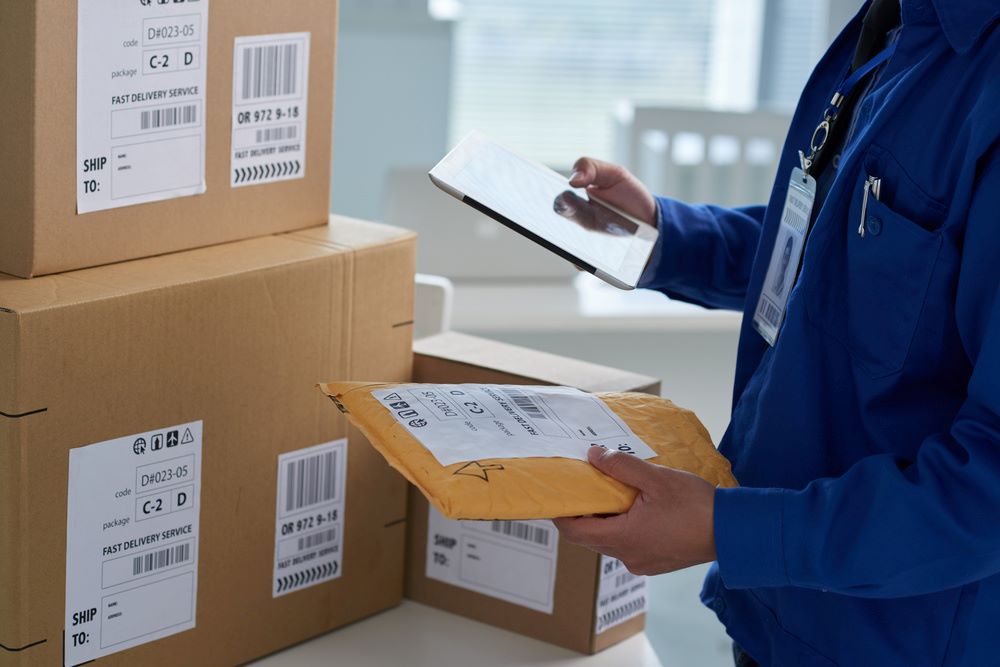Online shopping has become highly popular in recent years as consumers find it more convenient to order online and have the items delivered right to their doorstep.
That said, the big shift towards B2C shipping may have caught some retailers, manufacturers, and wholesalers by surprise. Suddenly, shipments that used to head out on pallets to a store or warehouse need to be packed individually and sent directly to customers.
With the increased focus on B2C shipping, how do you manage costs? This article shares several ways how to reduce your shipping costs.
- Take Note Of The Shipping Distance
Shipping distance is the biggest factor that impacts how much you pay for shipping services. In general, your total shipping cost is largely determined by shipping zones. These are geographical areas that your specific carriers ship to. You can find this information on your carrier’s website, or you can ask them directly. If you’re using FedEx, check out this FedEx shipping zone map.
As a general rule, the farther your shipping destination is, the more expensive it is to ship your product. So, unless you’re ready to be a global or national business, don’t ship internationally or to farther areas in your country. In particular, international shipping can incur high costs, including customs charges.
Choosing to limit the geographical locations you cater to can help in reducing overall shipping distance, which therefore reduces the shipping costs.
- Know Shipping Trends
Staying on top of shipping price changes can ensure that they don’t cut into your overall bottom line. In general, shipping carriers tend to review their pricing every year and adjust the rates, depending on market conditions, for instance, labor or fuel costs.
More often, new prices are implemented every first month of the year, but they can also occur during the year as the economy fluctuates. So, make sure to stay updated about your carrier’s rates and any potential changes they may implement.
- Reduce Package Weight And Size
Aside from shipping distance, the weight and size of the package are other factors affecting the total cost of shipping. Obviously, the heavier and bigger the package is, the more it’s going to cost to ship.
Even if it’s just a few cents per package, just think about that few cents multiplied by several hundreds of packages you ship every day. Thus, it’s important to always choose lightweight and smaller packaging to reduce your shipping cost and improve your profit margins.
But how do you reduce your package weight and size?
For one, you can pack your products in corrugated boxes. This type of eCommerce packaging is lighter and stronger than regular cardboard boxes. Also, always be on the lookout for lightweight materials for packing and keeping items secure. Some options you might want to try are:
- Packing paper
- Air pillows
- Foam inserts
- Bubble wrap
- Excelsior
- Wadding rolls
The goal here is to keep the items tightly packed and lower their overall weight.
Another way to reduce shipping weight and size is to design custom packaging for your products. The closer your shipping package matches the size and shape of your products, the fewer packing materials you’ll need.
Taking steps to ship lighter and smaller packages can save you a few ounces for every shipment. Over time, this could provide you sizable gains in your profit and a better return on investment on your resources and time.
- Master The Art Of Research And Negotiation
Some businesses tend to stick with the first shipping carrier they find. However, smart business owners know that comparing their options can help them choose the most cost-effective shipping partner. So, make it a habit to always search thoroughly and compare prices amongst carriers to ensure that you’re getting the best deal possible.
In addition, most small businesses may not know that they can have some wiggle room to negotiate their shipping prices. All shipping carriers change their prices based on the volume of products they need to ship. This means that the higher volume you ship, the lower pricing you may get. So, consult shipping carriers over the phone or visit their offices. Familiarize yourself with factors that affect shipping costs and use this information to negotiate.
Takeaway
As businesses turn to the digital world to market their products and make a sale, there’s no doubt that shipping has become an even more necessary business process. If you’re not careful, shipping can take a big bite on your profits.
Thus, learning how to reduce your B2C shipping costs ensures positive results on your bottom line. While the above list isn’t, by any means, complete, implementing these strategies is a significant first step toward your business’s profitability.

